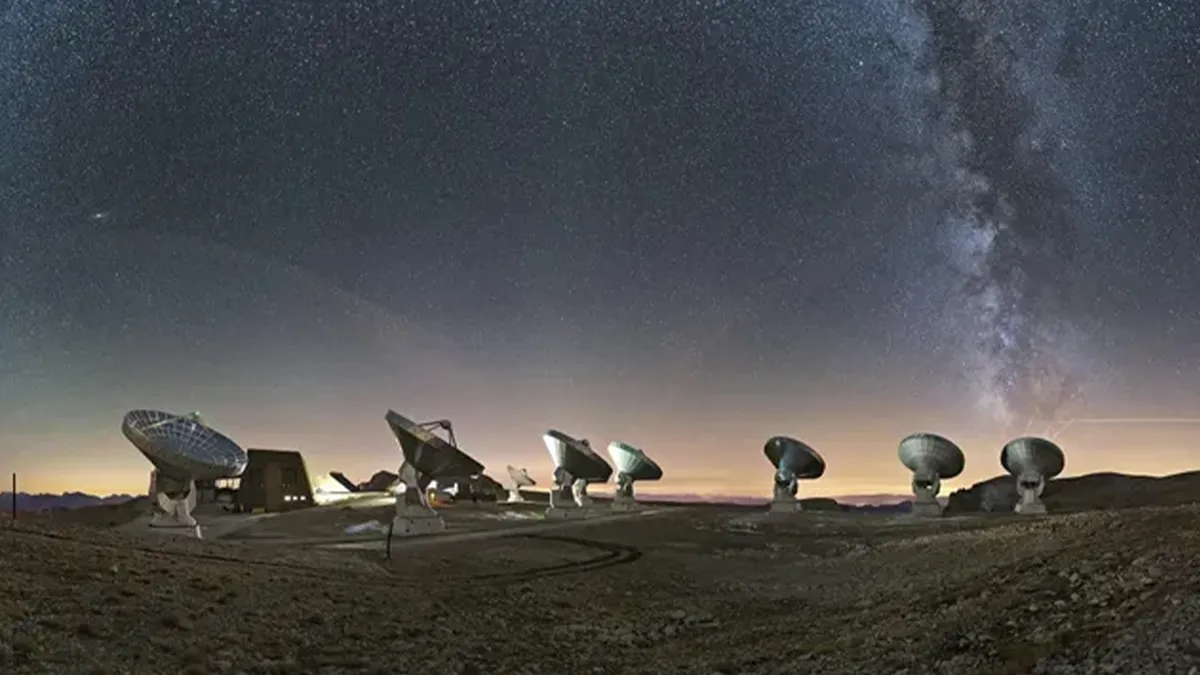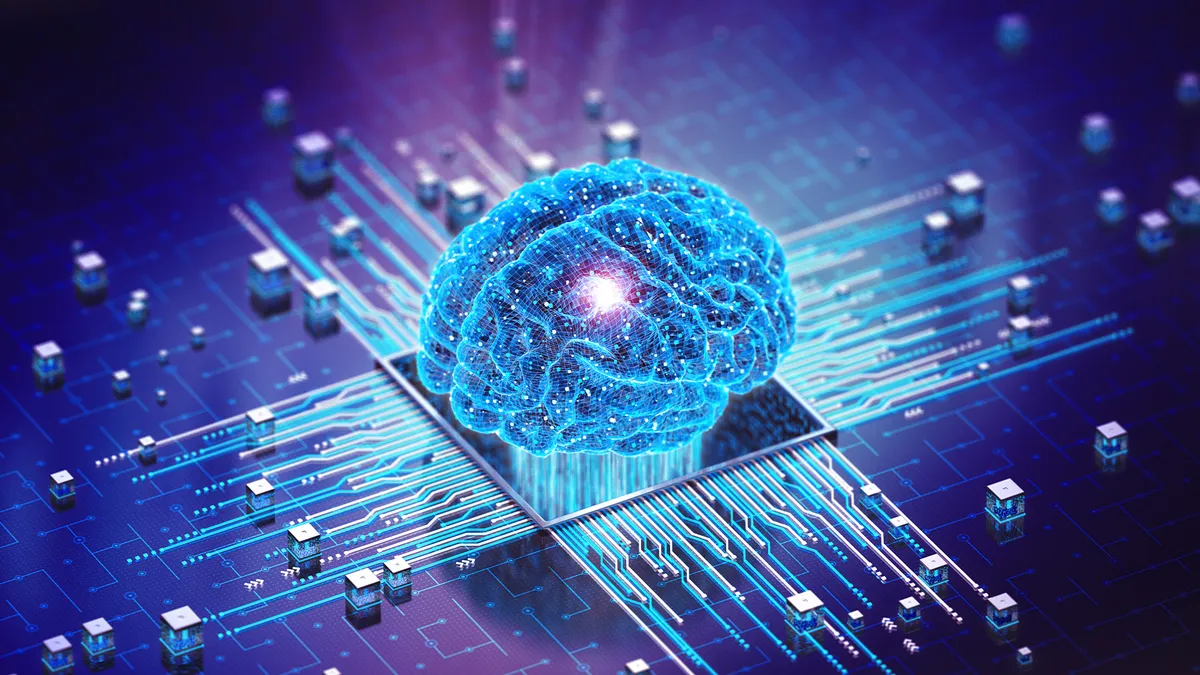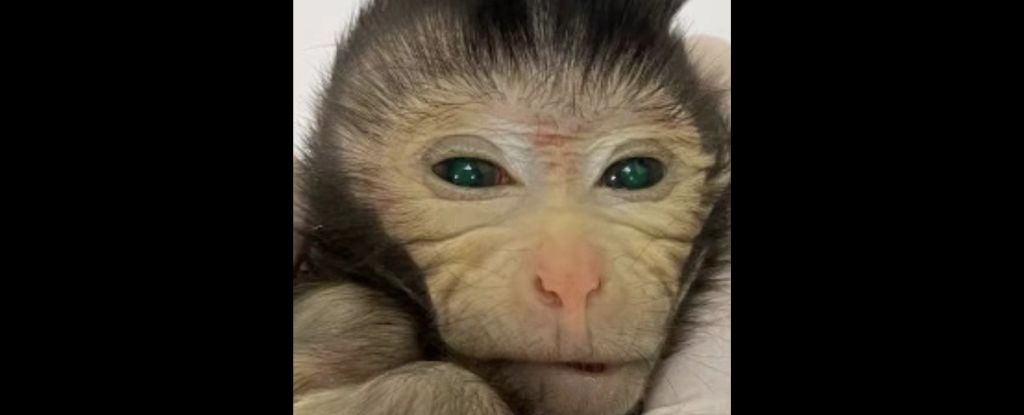Tech news stories

The autonomous plane will map areas of the continent that have been out of bounds to researchers.
:format(webp)/cdn.vox-cdn.com/uploads/chorus_image/image/73062155/stsci_01gqqfcdz3j7arc9f8qdxe0f7z__1_.0.jpg)
Monsters lurk in the background of James Webb Space Telescope images. Scientists are scrambling to make sense of them.

Scientists have determined the entire mitochondrial DNA sequences of these ancient Teotihuacans, revealing their genetic diversity. Additionally, this study demonstrates the dependence of Teotihuacans on maize as their primary food source. See the study here.

Rock art is one of the most intriguing records of the human past—it directly represents how our ancestors viewed their world…New research published in Archaeological and Anthropological Sciences uses an innovative approach to understand rock art in Arnhem Land in a fundamentally different way.
In a new study published in Nature Astronomy, University of Rochester astrophysicist Adam Frank explores the links between atmospheric oxygen and detecting extraterrestrial technology on distant planets.

A year from now, on 24 December, Nasa’s Parker Solar Probe will race past the Sun at the astonishing speed of 195 km/s, or 435,000 mph. No human-made object will have moved so fast nor, indeed, got so close to our star – just 6.1 million km, or 3.8 million miles from the Sun’s “surface”.

A world-first, non-invasive AI system can turn silent thoughts into text while only requiring users to wear a snug-fitting cap.

The research, published in the Planetary Science Journal, introduces a novel approach to simulating the energy deposition from a nuclear device on an asteroid’s surface.

Scientists find ultra-rare collection of molecules in 2 ancient galaxies from the early universe. The findings were published on December 14th in the journal Astronomy and Astrophysics.

The application of modern methods of dating fossil human remains has catalysed major revisions in our understanding of human evolution. A new review… shows how the reanalysis of fossils discovered across the world brings into question our current ideas of human evolution, some of which may be incorrect.

In a new study published in Scientific Reports, researchers have uncovered a phenomenon known as the “phantom touch illusion,” where individuals experience tactile sensations without actual physical contact in a virtual reality (VR) setting. This intriguing discovery raises questions about how the brain processes sensory information.

Researchers plugged a “brain organoid” into an artificial intelligence system, using the neural tissue to help complete computational tasks. The experiment could mark a step toward “biocomputers.” The study was published Monday (Dec. 11) in the journal Nature Electronics.

In a scientific commentary published in the journal Nature Ecology & Evolution… a group of archaeological scientists strongly advocate for the use of modern scientific techniques to support claims such as those made about Homo naledi.

The astrophysicist and professor likes to ruffle feathers – and says his critics are merely jealous. He discusses UFOs, interstellar objects and the risks of his all-consuming search.

In 1991, physicists spotted a particle from space that crashed into Earth with so much energy that it warranted an “OMG!”A new particle of comparable energy has been found, researchers report in the Nov. 24 Science…And mysteriously, scientists are unable to pinpoint any cosmic source for the particle.

Scientists in China have announced the birth of a primate like no other, with eyes that shined green and fingertips that glowed yellow – and those were just the observable features. The study was published in Cell.








